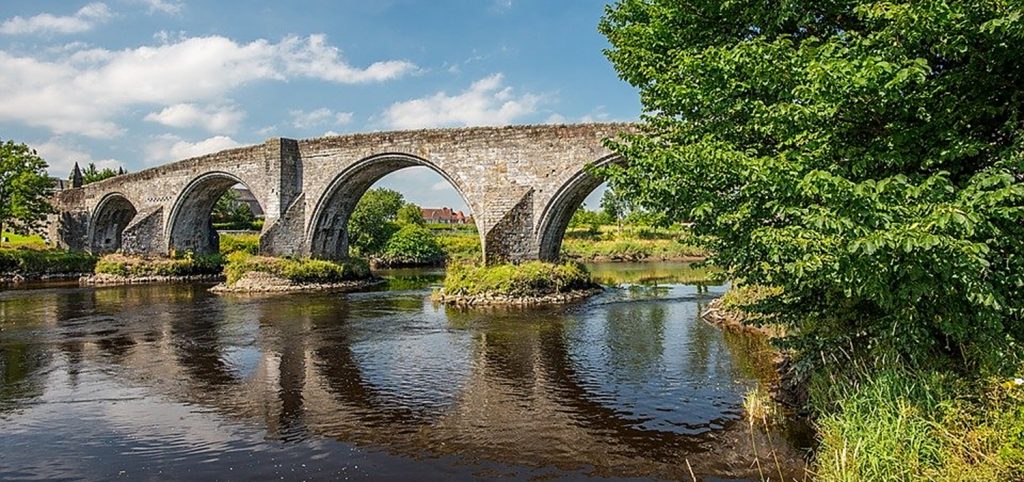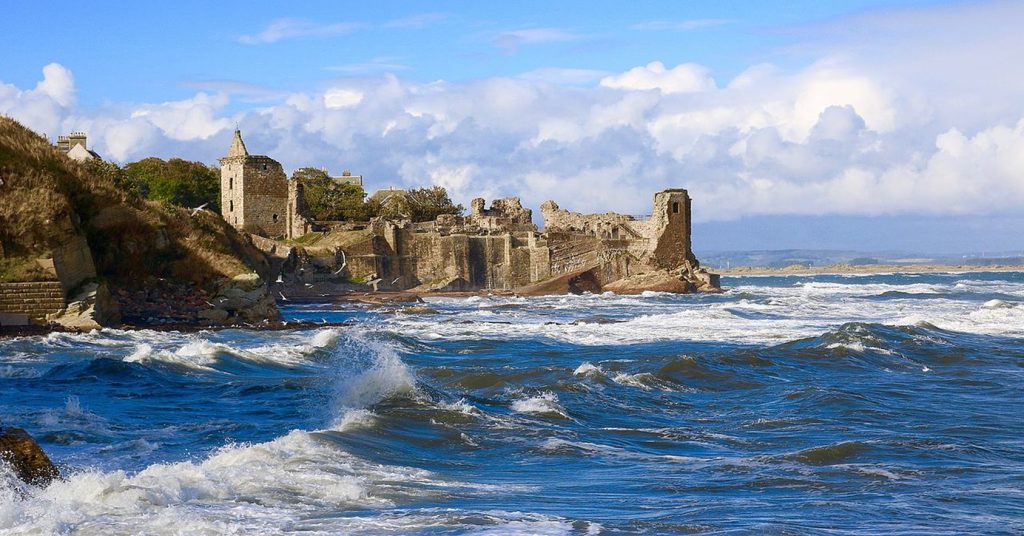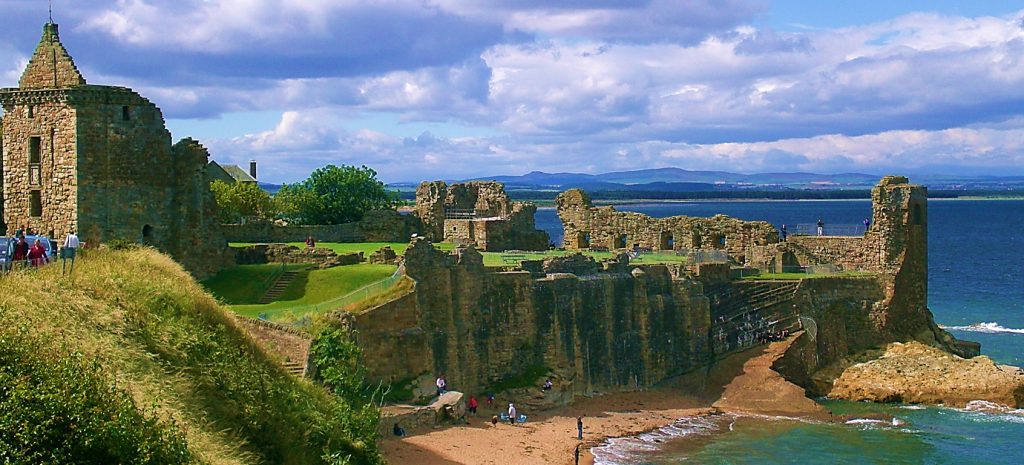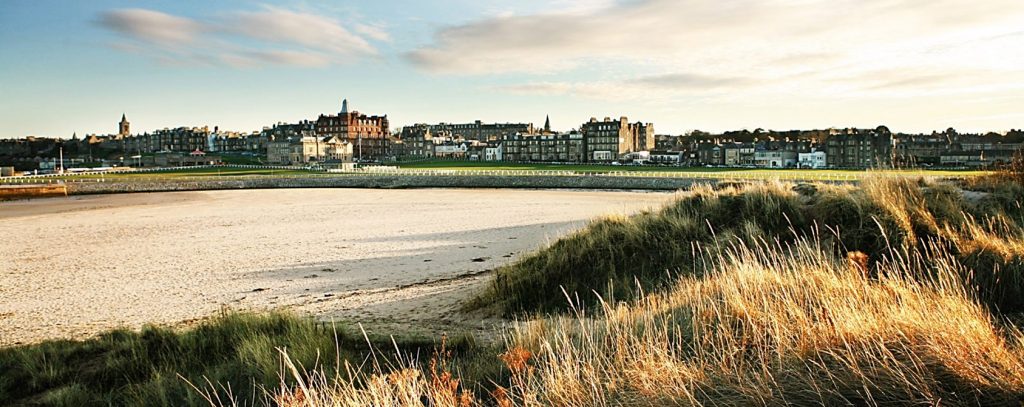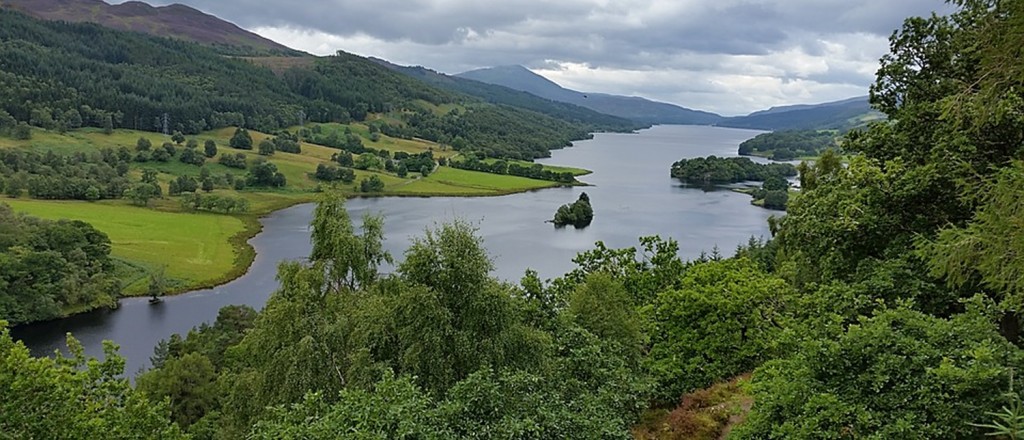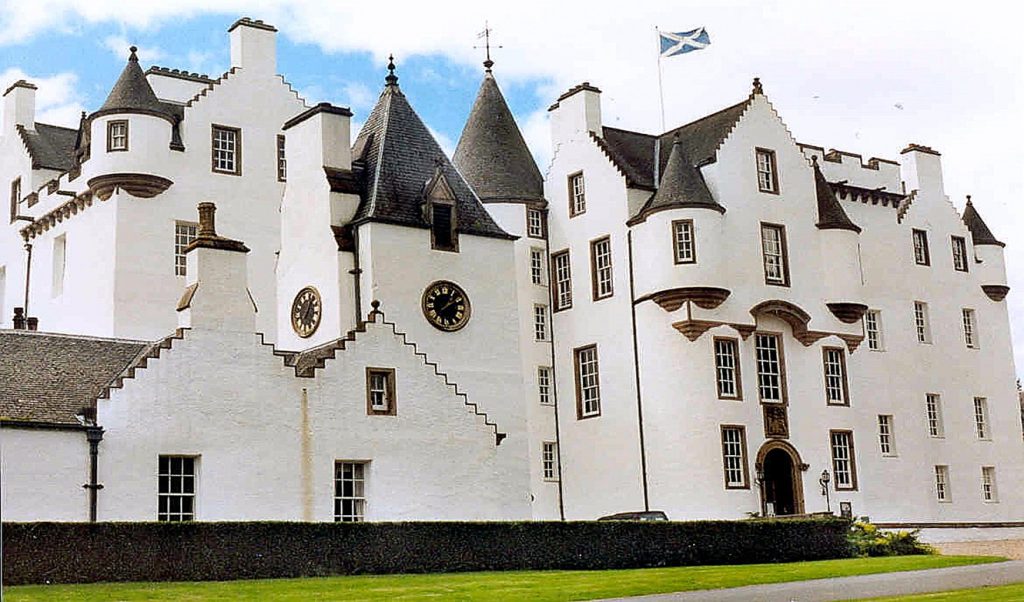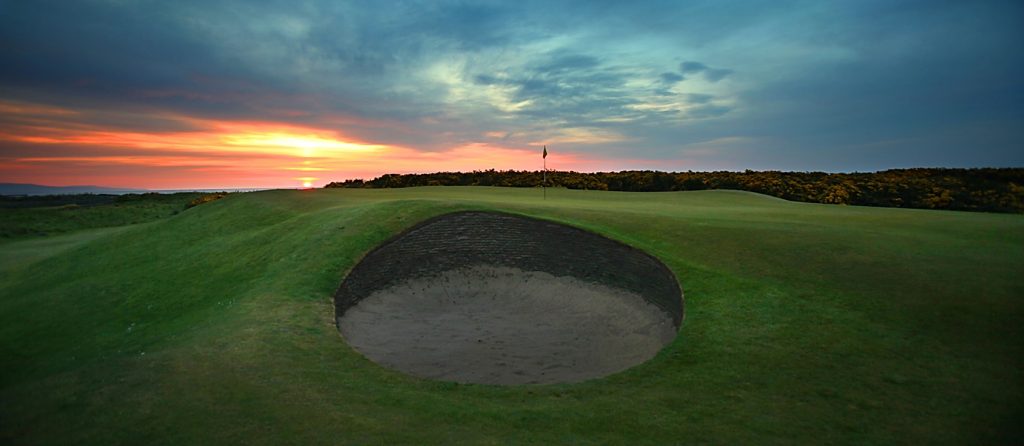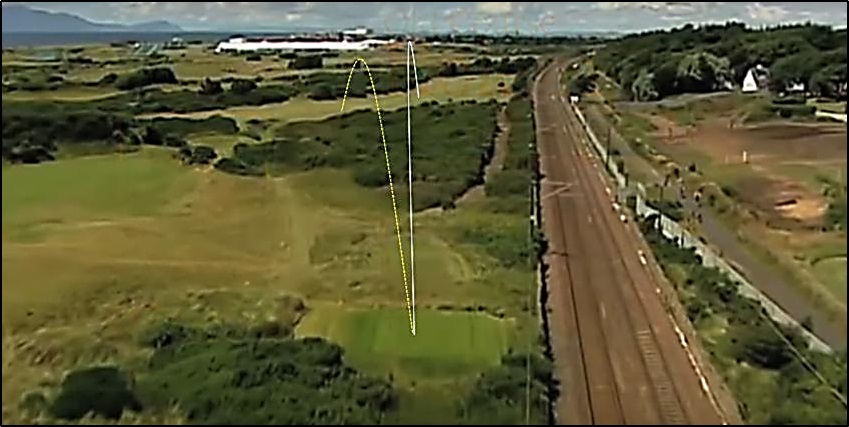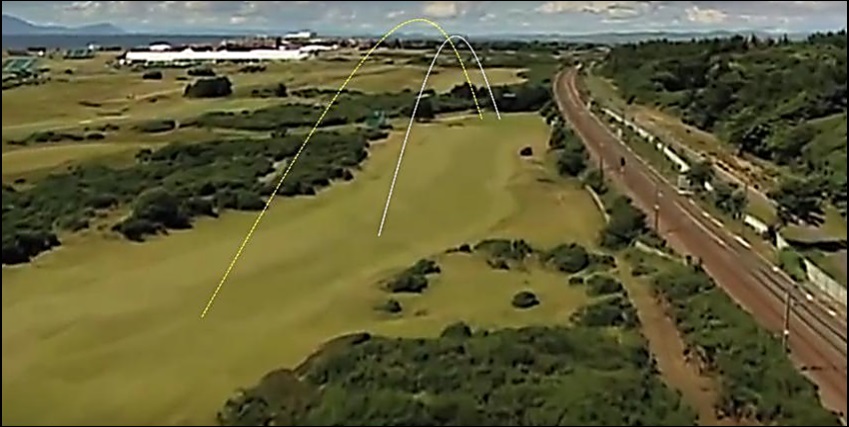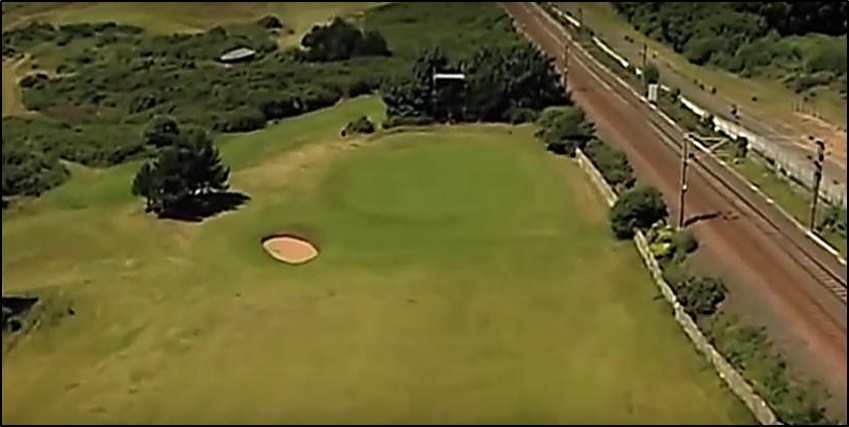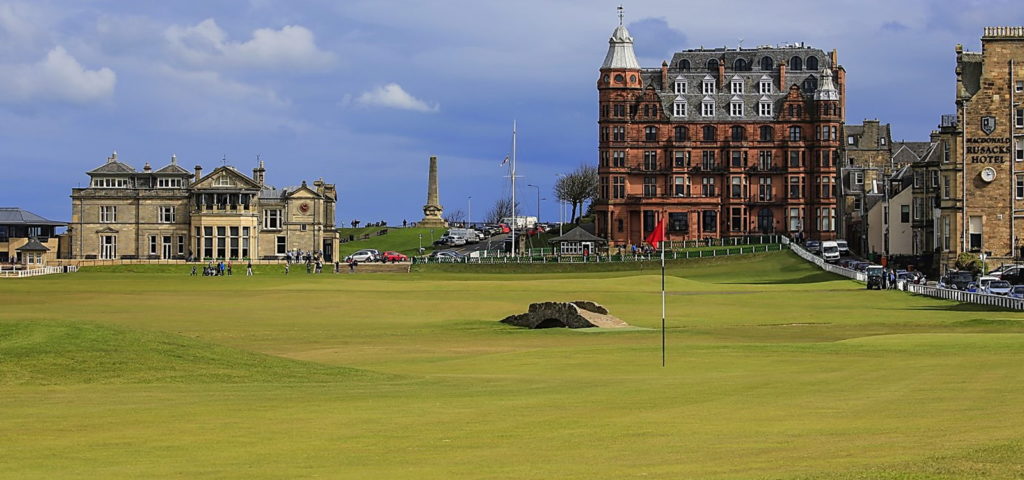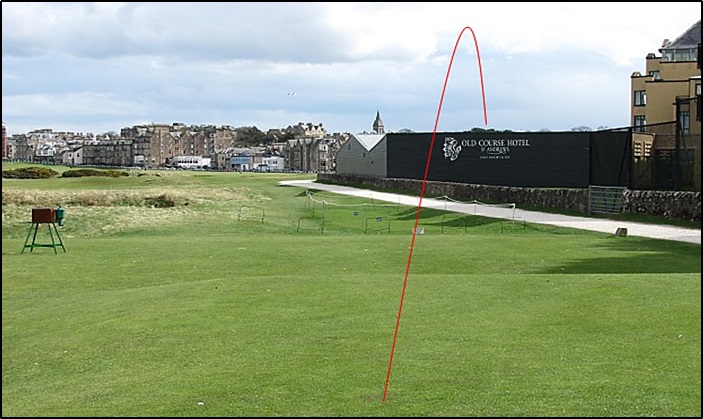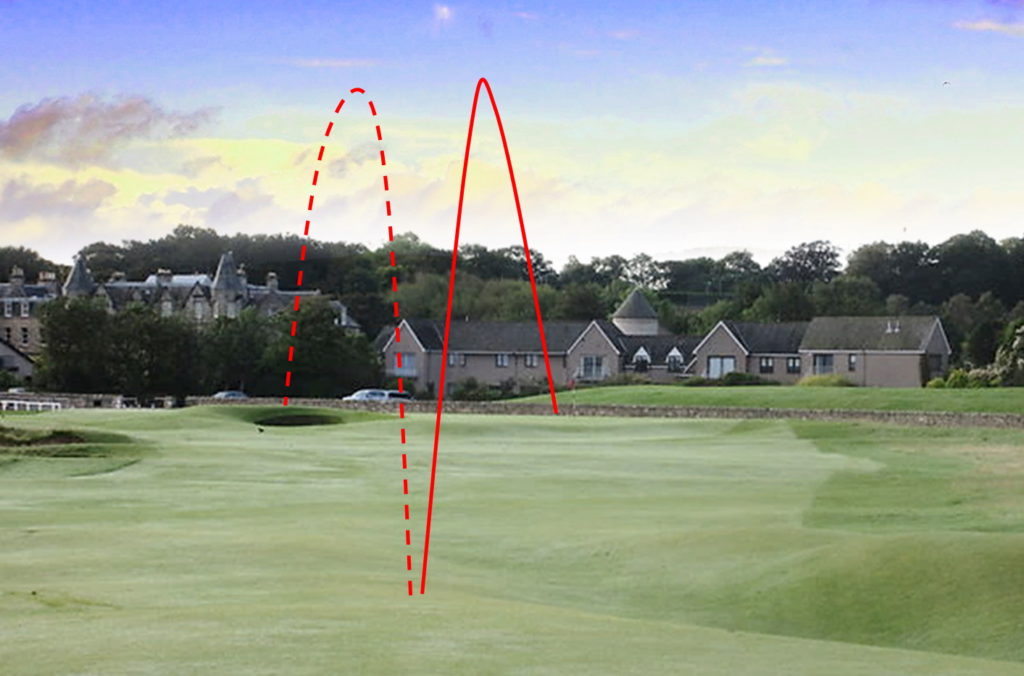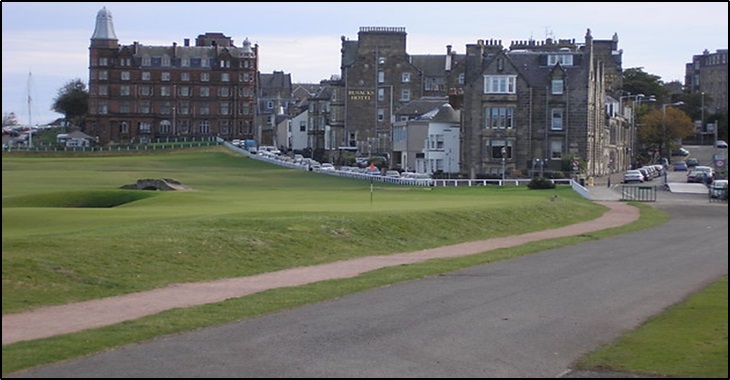Stirling is one of Scotland’s most historic cities. The ancient stronghold of is famed for its castle that sits atop a steep crag overlooking the valley below. The castle, home of the once mighty Stuart dynasty, is probably Scotland’s most significant citadel. Most of the principal buildings of the castle date from the fifteenth and sixteenth centuries. A few structures of the fourteenth century remain, while the outer defences fronting the town date from the early eighteenth century.
Several Scottish Kings and Queens have been crowned at Stirling, including Mary, Queen of Scots, in 1542. There have been at least eight sieges of Stirling Castle, most notably during the Wars of Scottish Independence, when the castle changed hands several times and was fought over most famously. The last was as recent as 1746, when Bonnie Prince Charlie unsuccessfully tried to take Stirling on his route south to claim the English crown.

Today the castle functions predominantly as a visitor attraction. Efforts to restore the buildings to their original state are ongoing, the centrepiece being the Great Hall.
The Royal Lodgings have now been returned to something approaching their former glory. Since January 2002, the Tapestry Studio at West Dean College have been working on a recreation of ‘The Hunt of the Unicorn tapestries’, four of which are now hanging in the restored Queen’s Presence Chamber in the Royal Palace.
From its strategic look-out point, Stirling castle casts a shadow over the battlefield site of Stirling Bridge in the ‘Forth valley’ below. It was here in 1297 that an out-numbered, and poorly equipped rebel army led jointly by Andrew Moray and William Wallace, (Braveheart), defeated the English. The Scots allowed a critical mass of English cavalry and archers to cross the bridge before attacking. This had the effect of splitting the superior English numbers in half. Hemmed in by a bridge, the advantage of numbers and manoeuvrability of cavalry was lost.
Moray was mortally wounded and died shortly after. In terms of rank, Wallace was his subordinate but with Moray’s demise, he inherited. Wallace was of lower noble stock however, and this would always make him vulnerable to betrayal should things start going wrong The Hollywood portrayal of this battle, and Wallace himself, has so many historical inaccuracies it would be difficult to know just where to begin. In reality There were no charges of tartan clad Australians shouting “freedom” we’re afraid. Come to think of it, there wouldn’t have been any tartan either.
The Wallace Monument sits on its own crag today and dominates the skyline equally. You can visit and view what is alleged to be Wallace’s giant sword (there is a train of thought that it might be three swords welded together), make your own mind up, but it would sure have taken some mighty wielding, but it certainly helped cement the legend anyway.
Wallace’s triumph was short-lived. The English took their revenge at Falkirk within a year, and Wallace was quickly handed over and brutally executed. The four parts of his body were sent back to Scotland for public display to act as a deterrent.

Somewhat remarkably however, Stirling Bridge isn’t the most famous battle fought here. That accolade lies a mile further south and goes by the name of Bannockburn, (1314).
Edward I (‘the hammer of the Scots’) had died, and the English throne passed to Edward II. The new king wasn’t a particularly effective military leader though. Well, he wasn’t a particularly effective anything in truth, (Google him) let’s be polite to his memory though, and simply settle for describing him as ‘colourful’!
Under the leadership of Robert Bruce (‘the Bruce’) another outnumbered Scottish army defeated the English. Before the main battle took place however, a celebrated one-on-one encounter occurred. Henry de Bohun, the nephew of the Earl of Hereford, spotted Robert Bruce ahead of his men and launched a one-man charge. A decisive blow could end the battle there and then. Bruce spotted the oncoming knight and broke off to engage. As the two passed side by side, Bruce split de Bohun’s head with his axe. The Scots then rushed upon the English under the Earl’s of Gloucester and Hereford who struggled back over the Bannockburn.
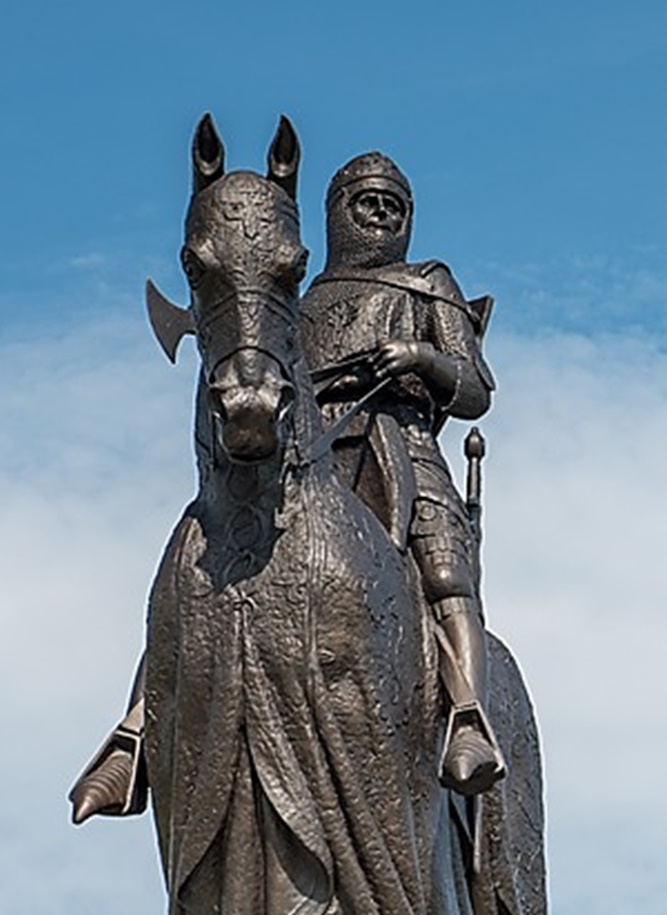
Under the leadership of Robert Bruce (‘the Bruce’) another outnumbered Scottish army defeated the English. Before the main battle took place however, a celebrated one-on-one encounter occurred. Henry de Bohun, the nephew of the Earl of Hereford, spotted Robert Bruce ahead of his men and launched a one-man charge. A decisive blow could end the battle there and then. Bruce spotted the oncoming knight and broke off to engage. As the two passed side by side, Bruce split de Bohun’s head with his axe.
‘The Bruce’ had the benefit of preparing his defences in advance, and had used his time well. He dug pits and lined them with wooden stakes to impale horses. This meant he was able to direct the English cavalry into a murderous hail of arrows. The second English cavalry force commanded by Robert Clifford then advanced on the flank of the Scots, trying to surround them. They came up against a well drilled schiltron (resembles a giant hedgehog and closer to what Hollywood portrayed in Braveheart). A wall of spears in a tight formation proved insurmountable for the English cavalry and they camped the night demoralised on the other bank of the Bannock Burn. The river channel would be used to protect their flank and rear, but the events of the following day turned it into a death-trap (swimming in armour isn’t easy!)
The Bannockburn visitors centre had a major overhaul in 2014, but the ‘supposed’ battlefield is an open access site and you can wander around at will after hours, so we would advise prioritising the castle. We should say, ‘supposed battlefield’ isn’t Faraway Fairways being flippant. No one knows for certain exactly where the battle was fought, as it went on for two days, with some inter-connected skirmishes.
A lot of the debris from the battlefield was removed (metal = money). The woods that some contemporary accounts had referenced had long been chopped down. The course of the burn itself has changed over the centuries too. So far at least, the site where the main fighting took place has defied battlefield detectives
The victory is celebrated in popular verse today through the lyrics of ‘Flower O’ Scotland’, Scotland’s adopted national anthem.







